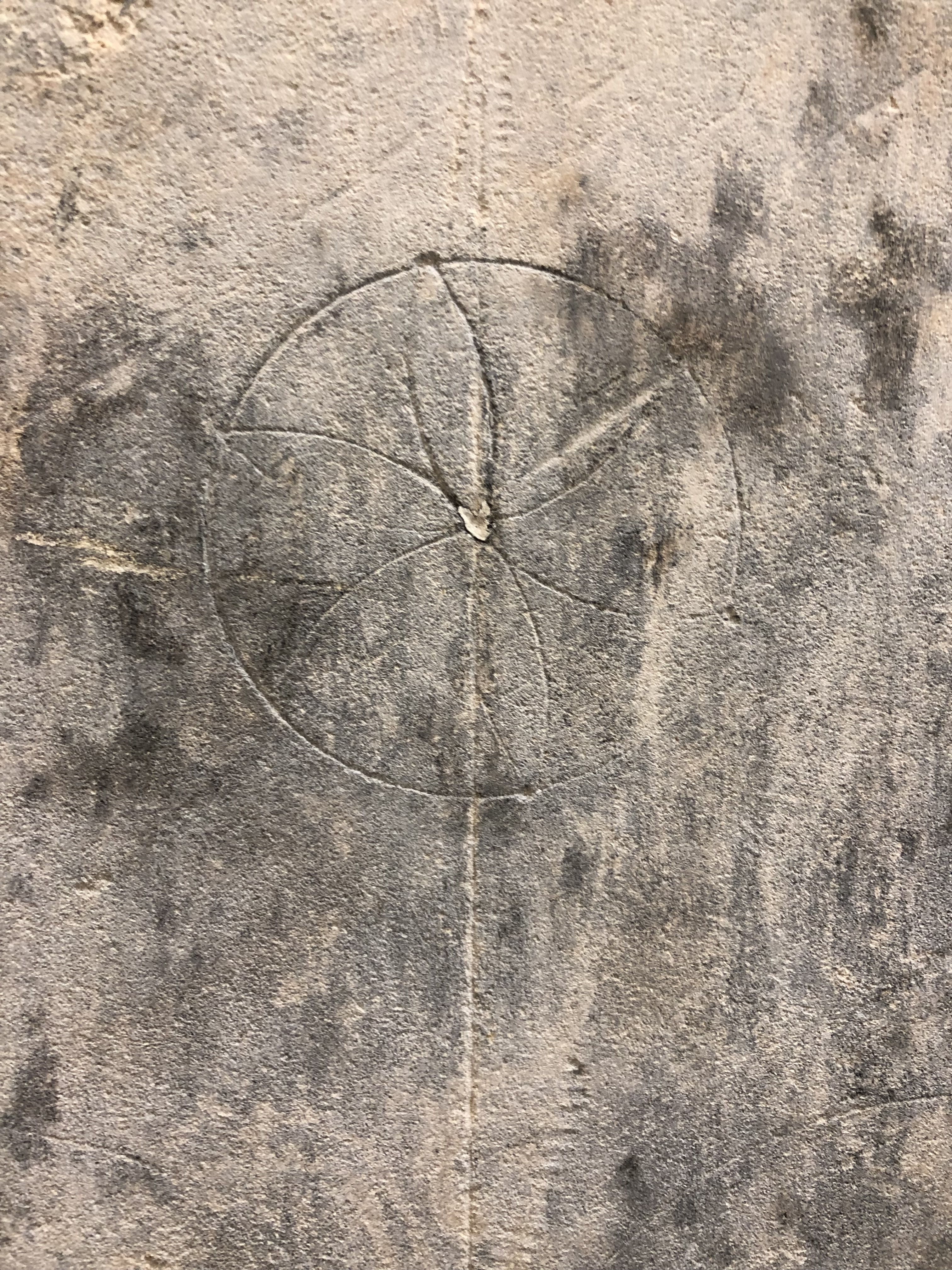
Etched within and without the officious walls of our churches are the whispers of ordinary people that found a way of making their mark without others seeing. For me, these marks say “We are here, we matter, our feelings and beliefs matter.”
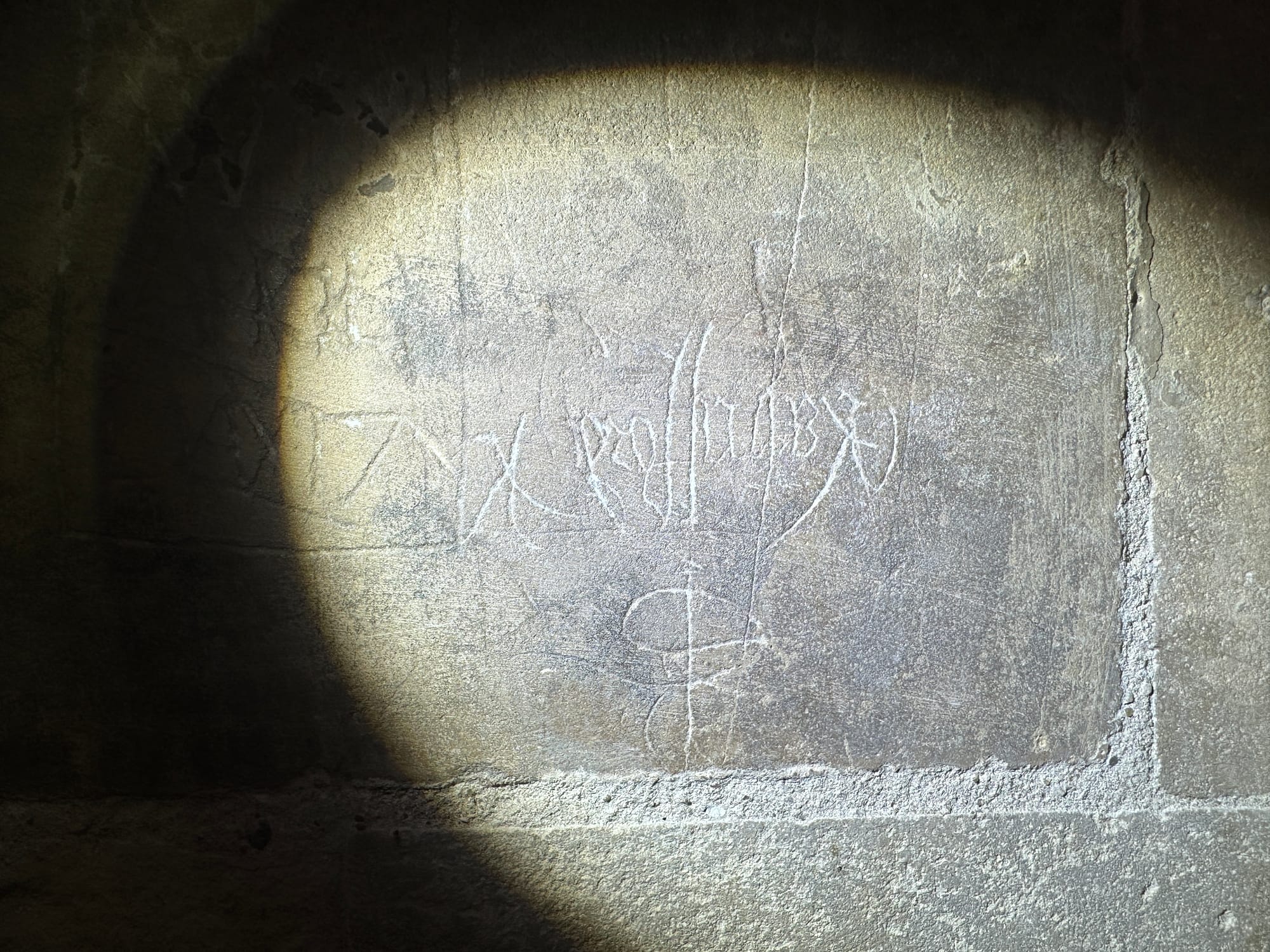
Take away the massing, the stones, the roof slates and the lead of the average church and imagine only the marks left behind. There would be, in front of us, a vast matrix - a scatter pattern of words and deeds and symbols that articulated a belief or admonished a fear.
Many marks are thought to be apotropaic or 'evil warding' - etched into the fabric to protect it and the occupants.
Kieth Thomas in his book ‘Religion and the Decline of Magic say that ‘helplessness in the face of disease was an essential element in the background to the beliefs... So too was vulnerability to other kinds of misfortunes, particularly when it came suddenly. Next to plague, perhaps the greatest single threat to security was fire.”
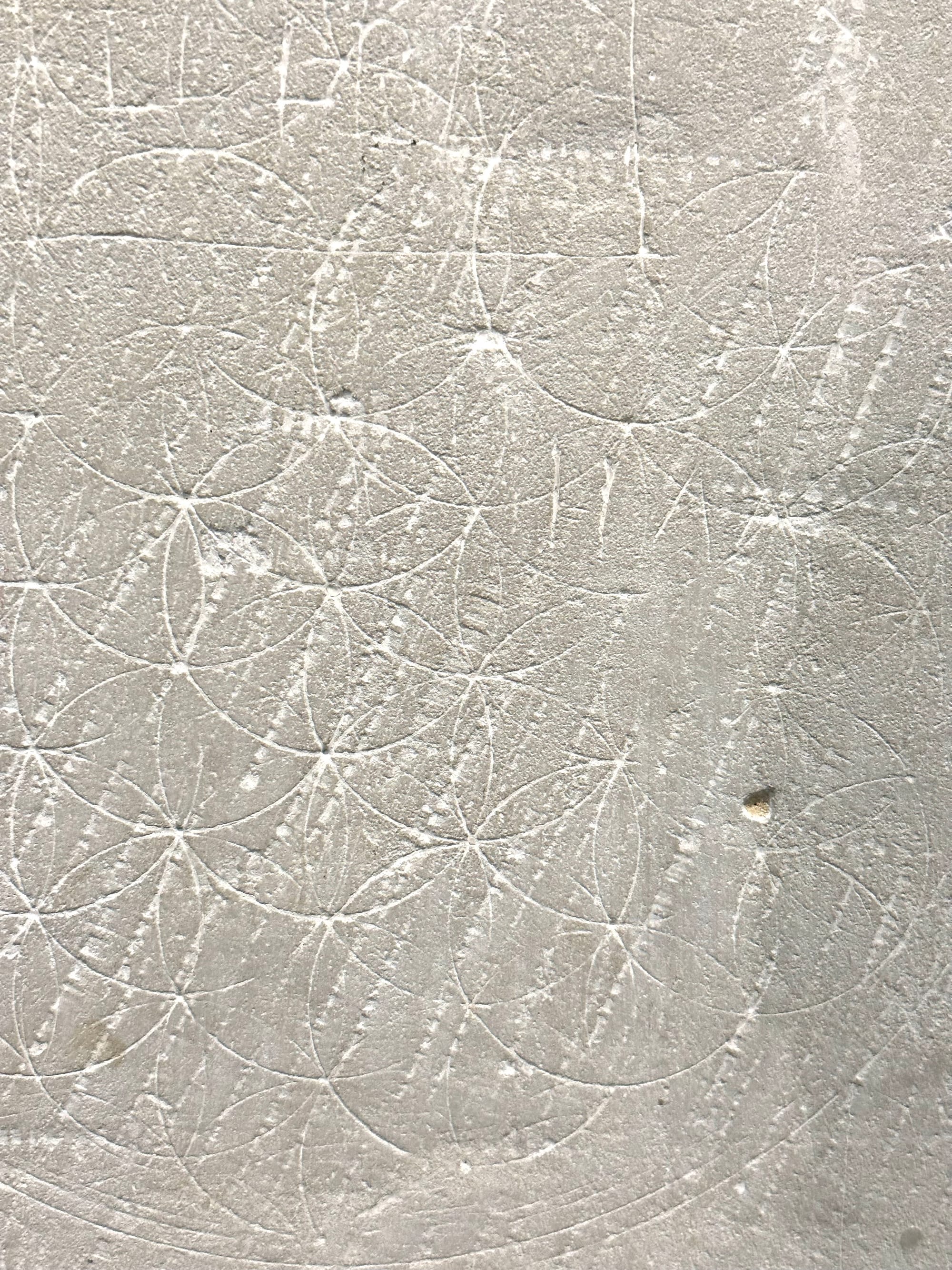
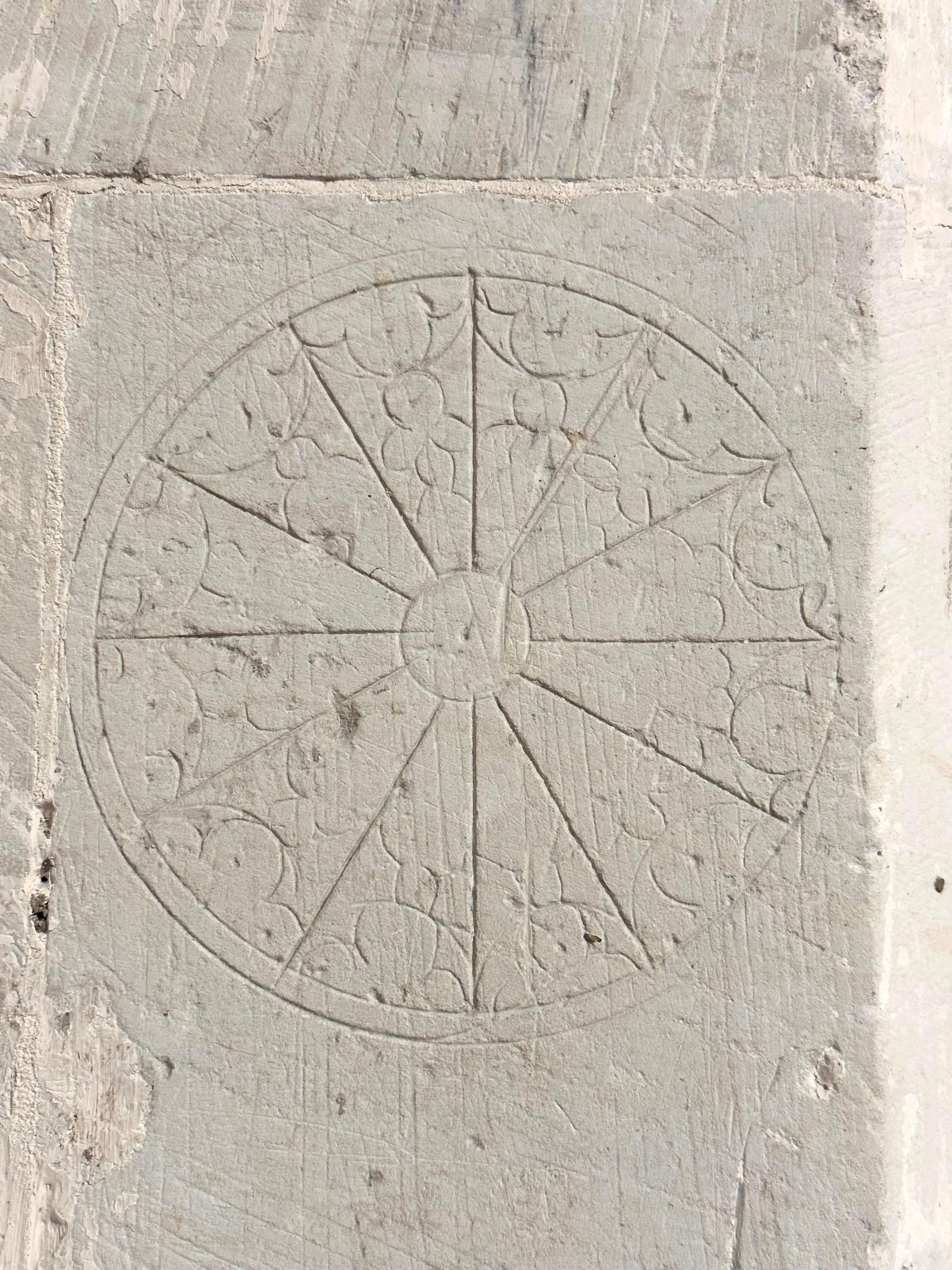
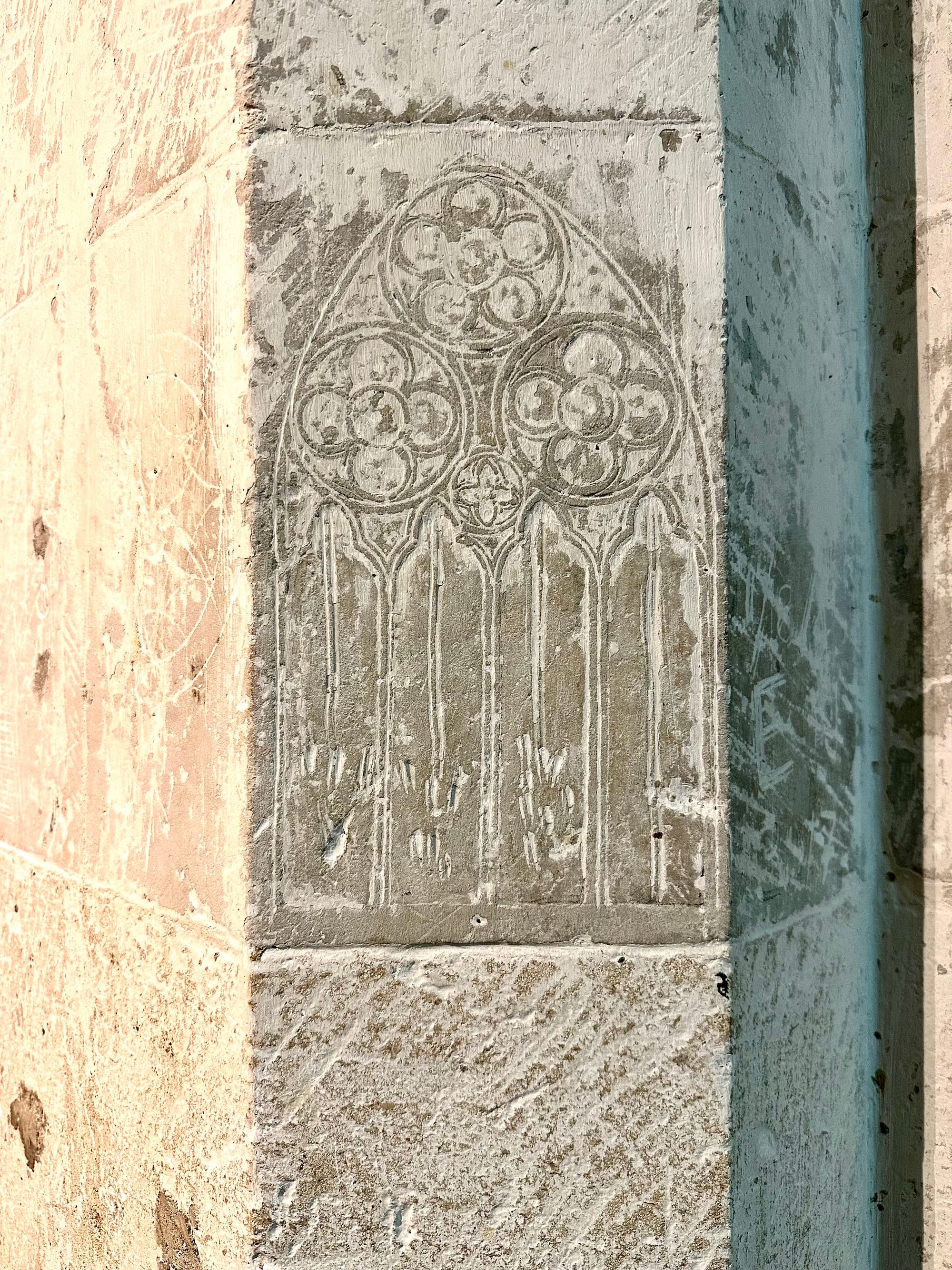
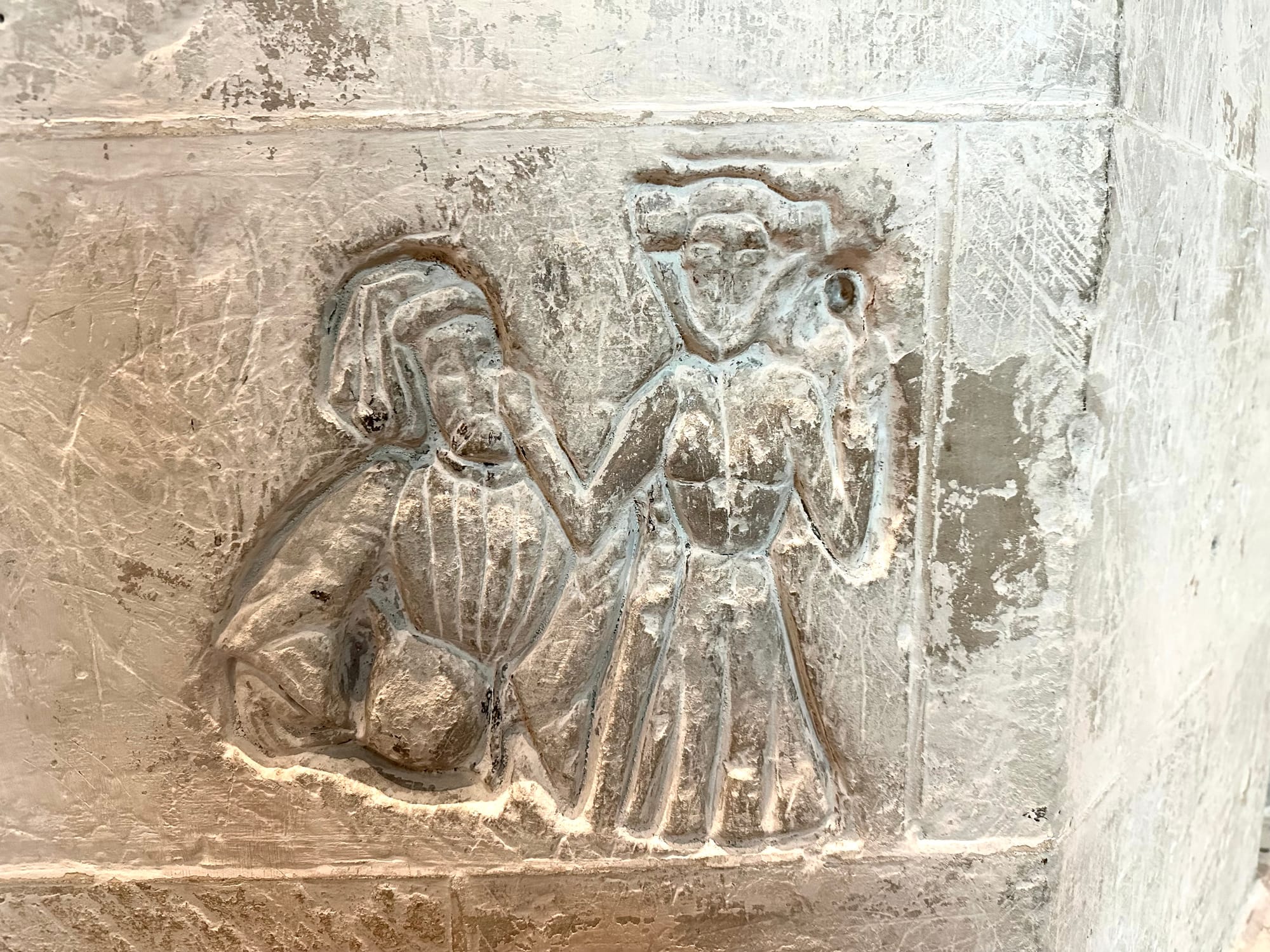
Graffiti at All Saints', Leighton Buzzard
St. Augustine’s in Brookland, Kent has a C13th detached wooden bell tower with a lattice work of timbers on the interior. Many of the timbers have flame-shaped candle marks burnt into the wood, thought to be an act of inoculation against fire. It was only after I reviewed some of the photographs of the candle marks that I noticed faint symbols (runic in nature) etched into the wood next to the marks.
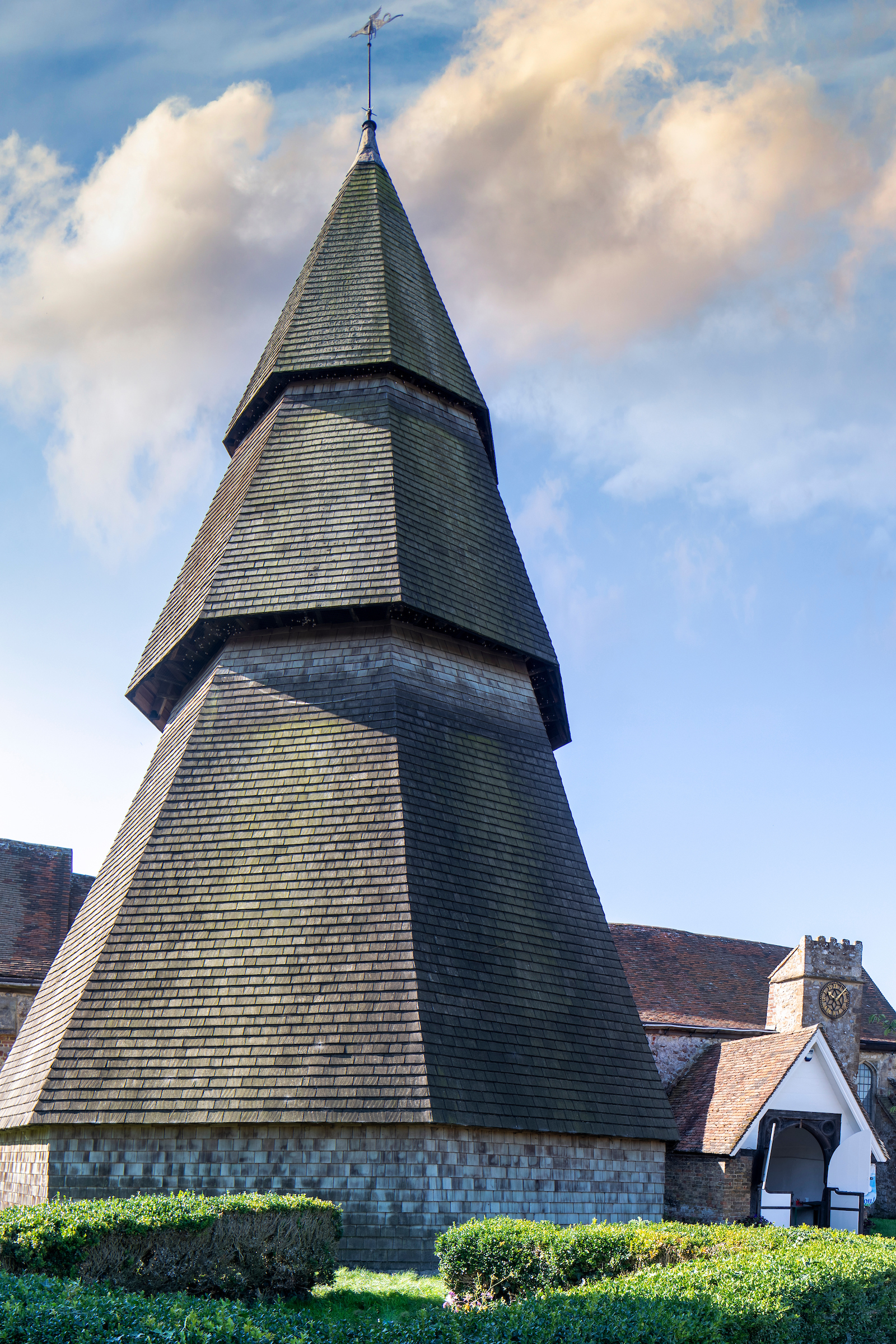
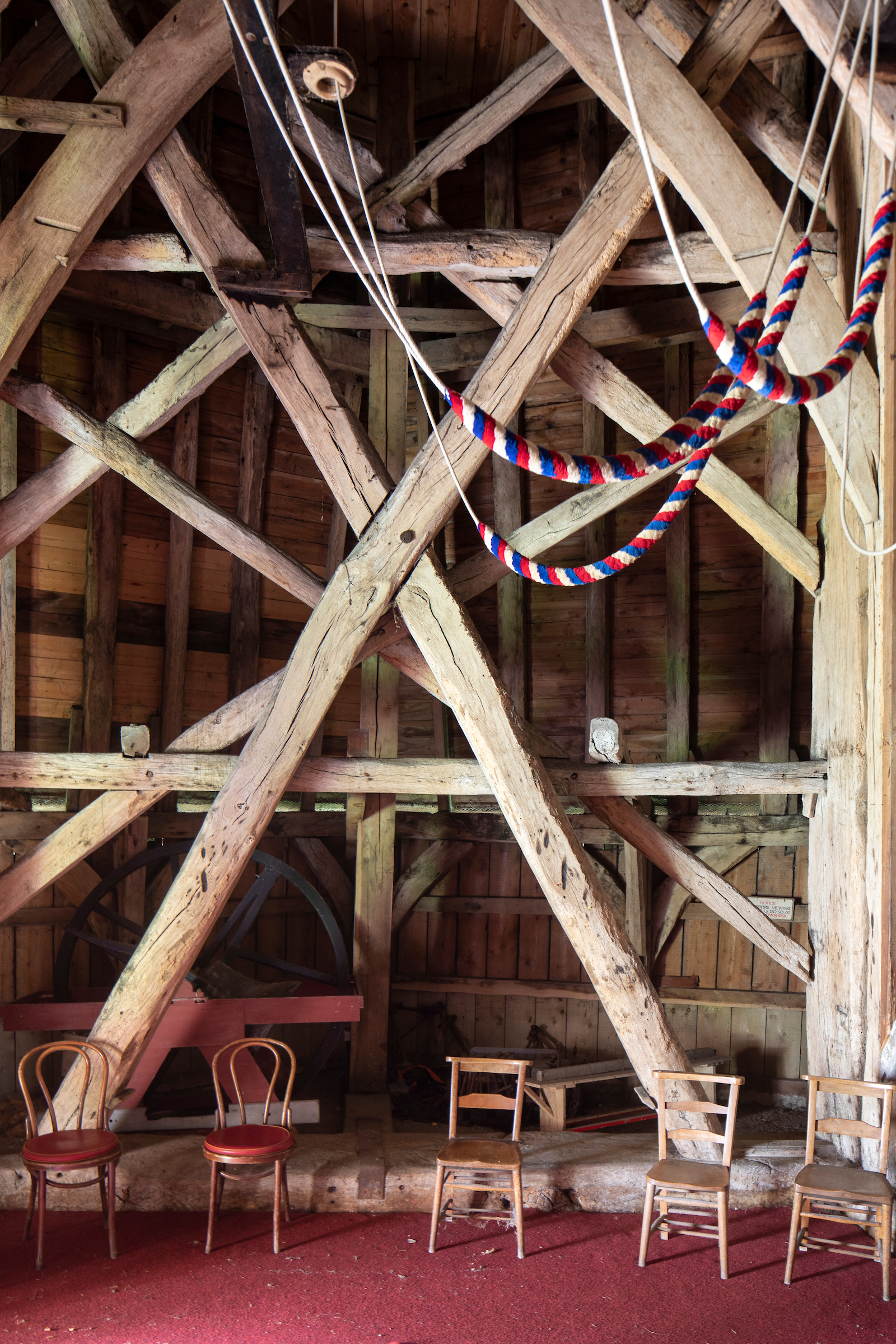
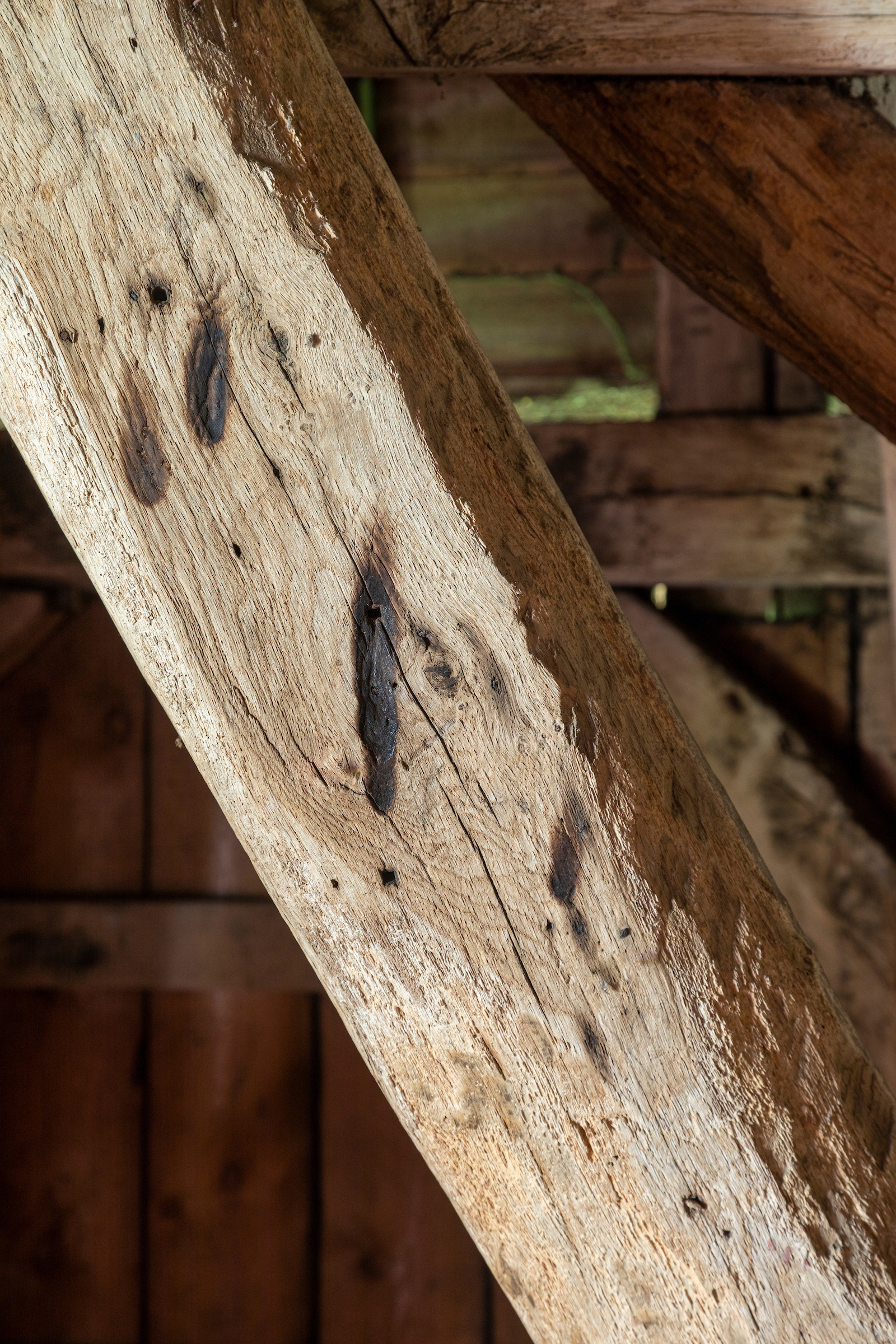
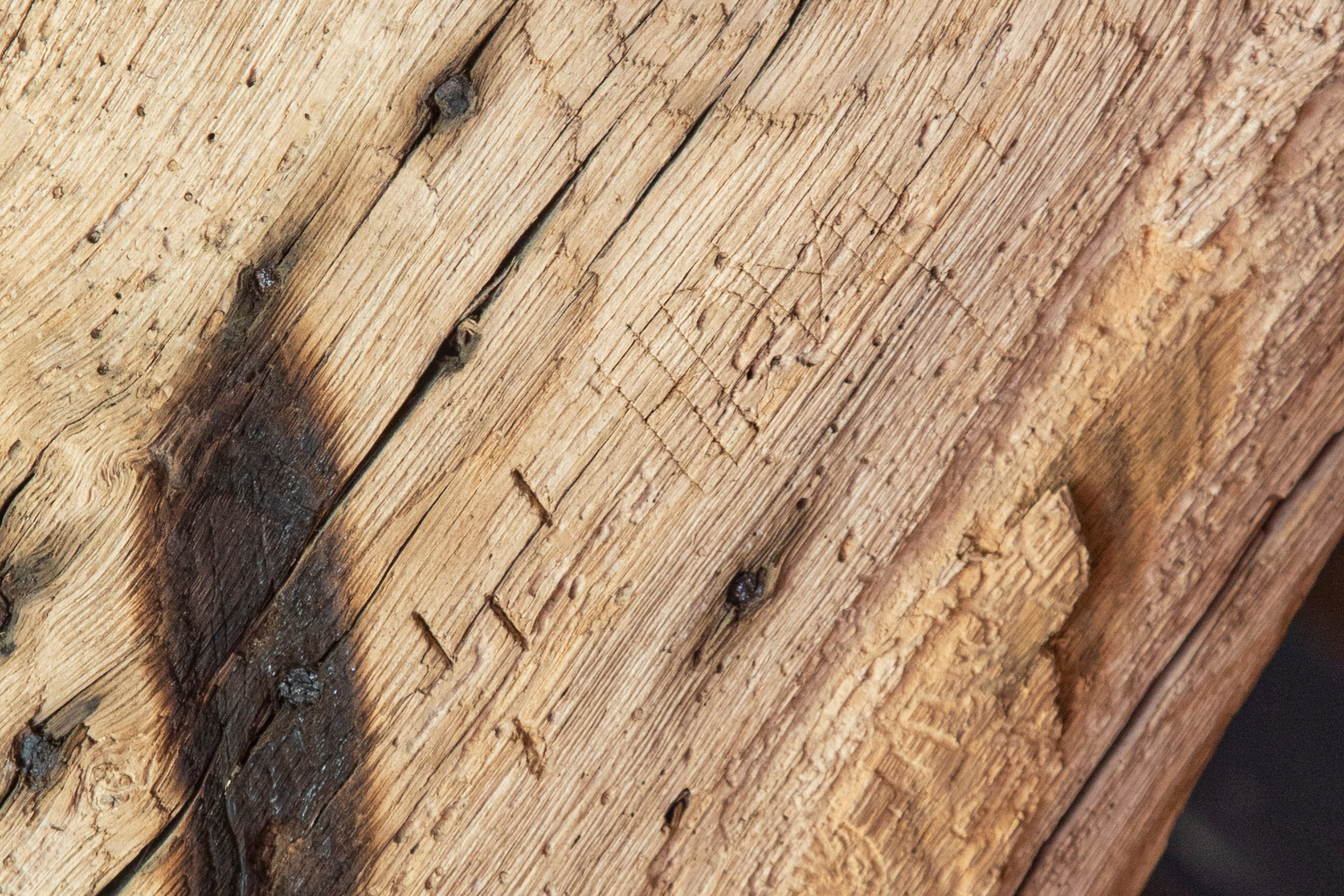
Apotropaic symbols have also been found on church bells, and it has been speculated that their sound was also apotropaic in nature - their reach enabling an audible ring of protection. Intriguingly a recent project to mark out the audible geography of parish bells in Ewelme, Oxfordshire found that the bell print mirrored the original parish boundaries. I’m reminded of my research into Micklegate, York where some unusual Roman clay ridge tiles were found with large holes in one end. They were thought to whistle in the wind and were thought to be apotropaic in nature. I can only imagine Roman York, behind its walls, during a storm - hundreds of open-mouthed ridge tiles hurtling back abuse at the storm.
Our churches portray the helplessness and vulnerability of our ancestors. The marks aren’t just geometric scripts, or cursive grammar - they are the vowels and consonants in an unspoken story that spans numerous generations. When I sit with a coffee and sift through the photographs I’ve taken of the symbols, carvings and orphaned shrines, I’m struck by how the fabric of our churches, in conveying a matrix of visual stimuli, reflects the humanity of people thought to have escaped the written record.
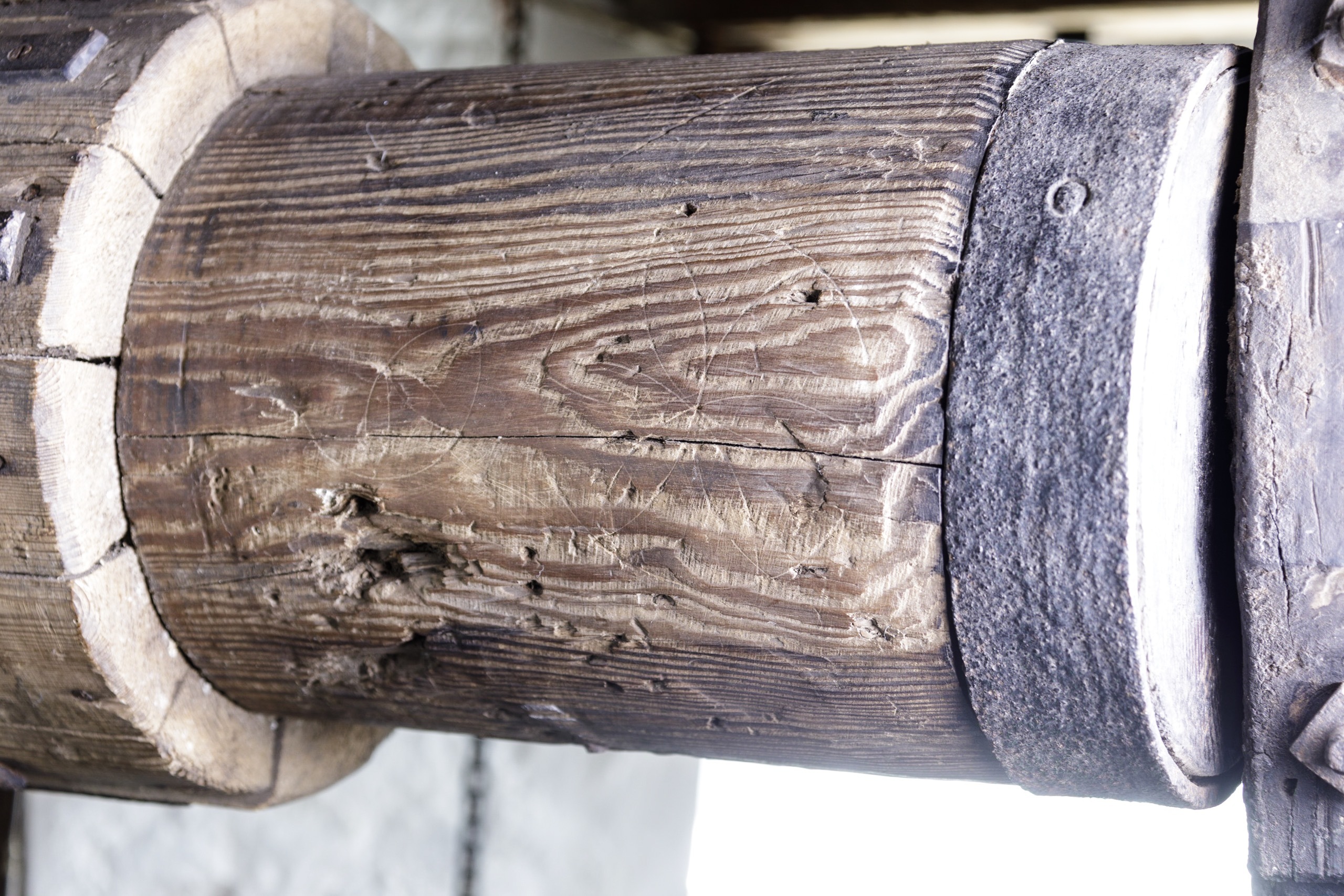
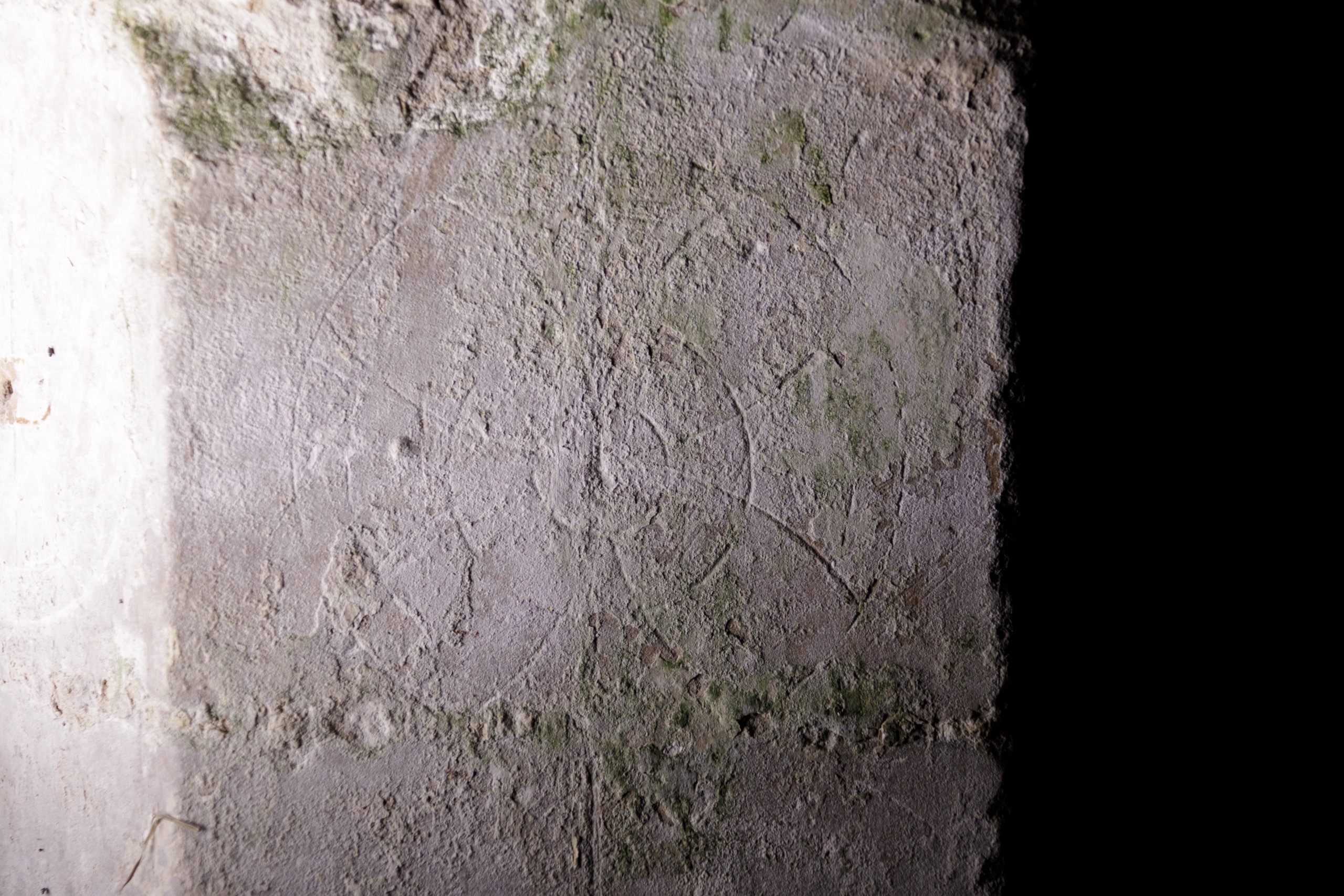
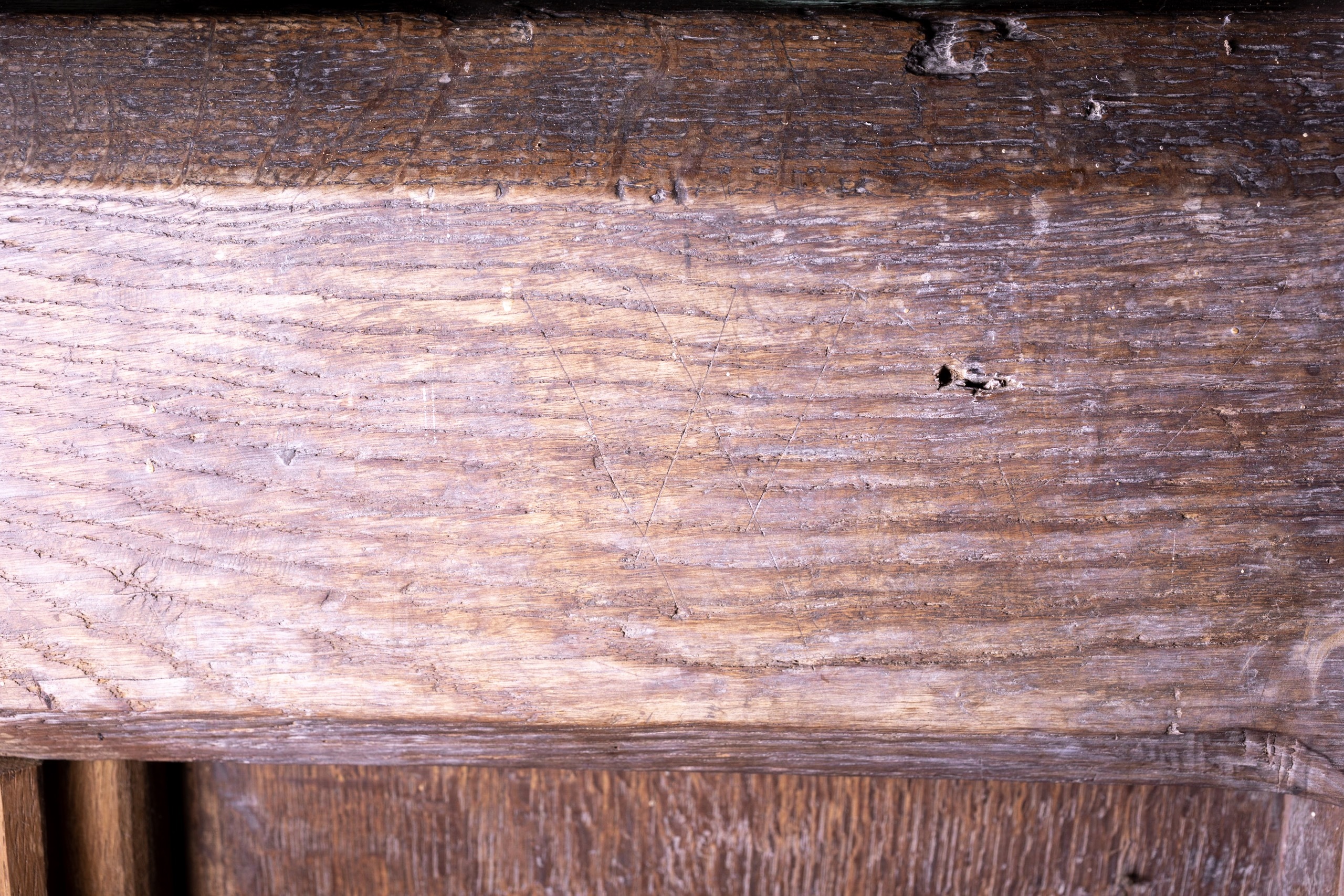
For Members:
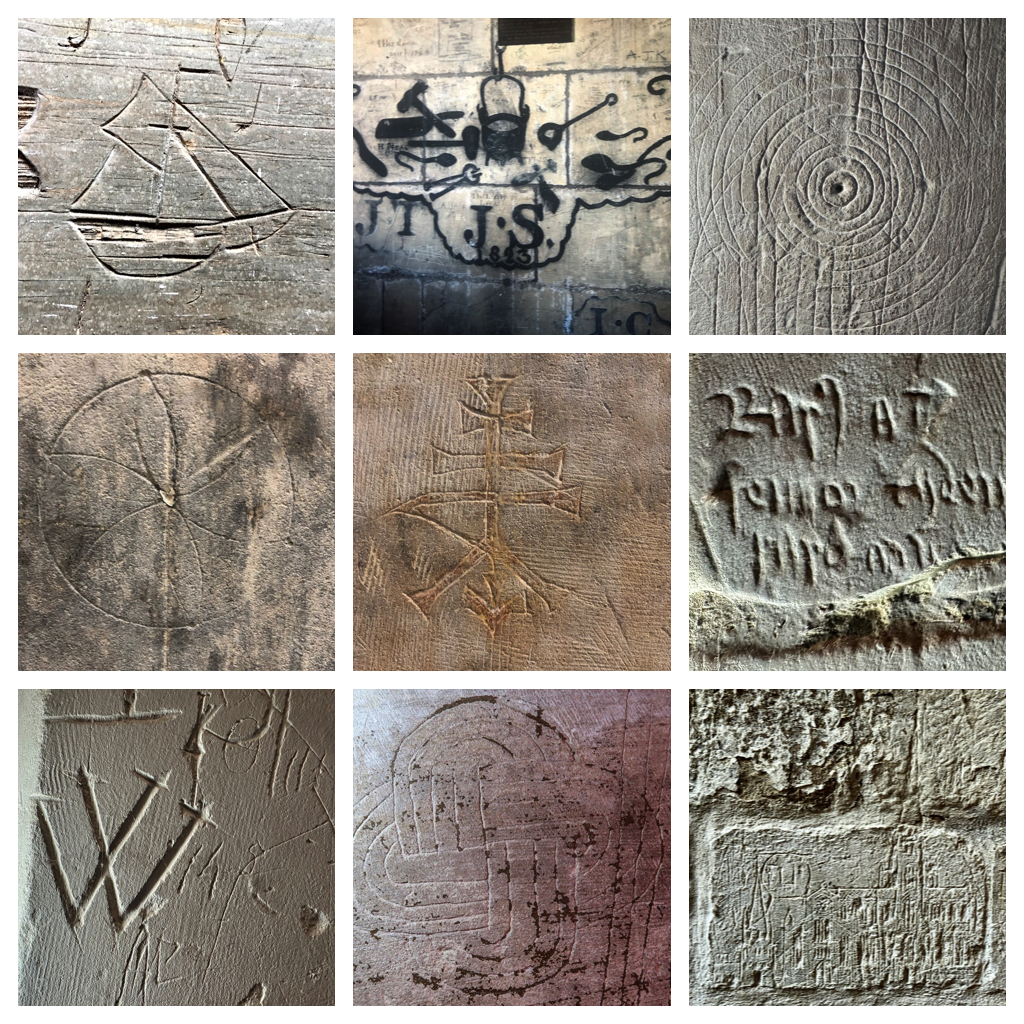

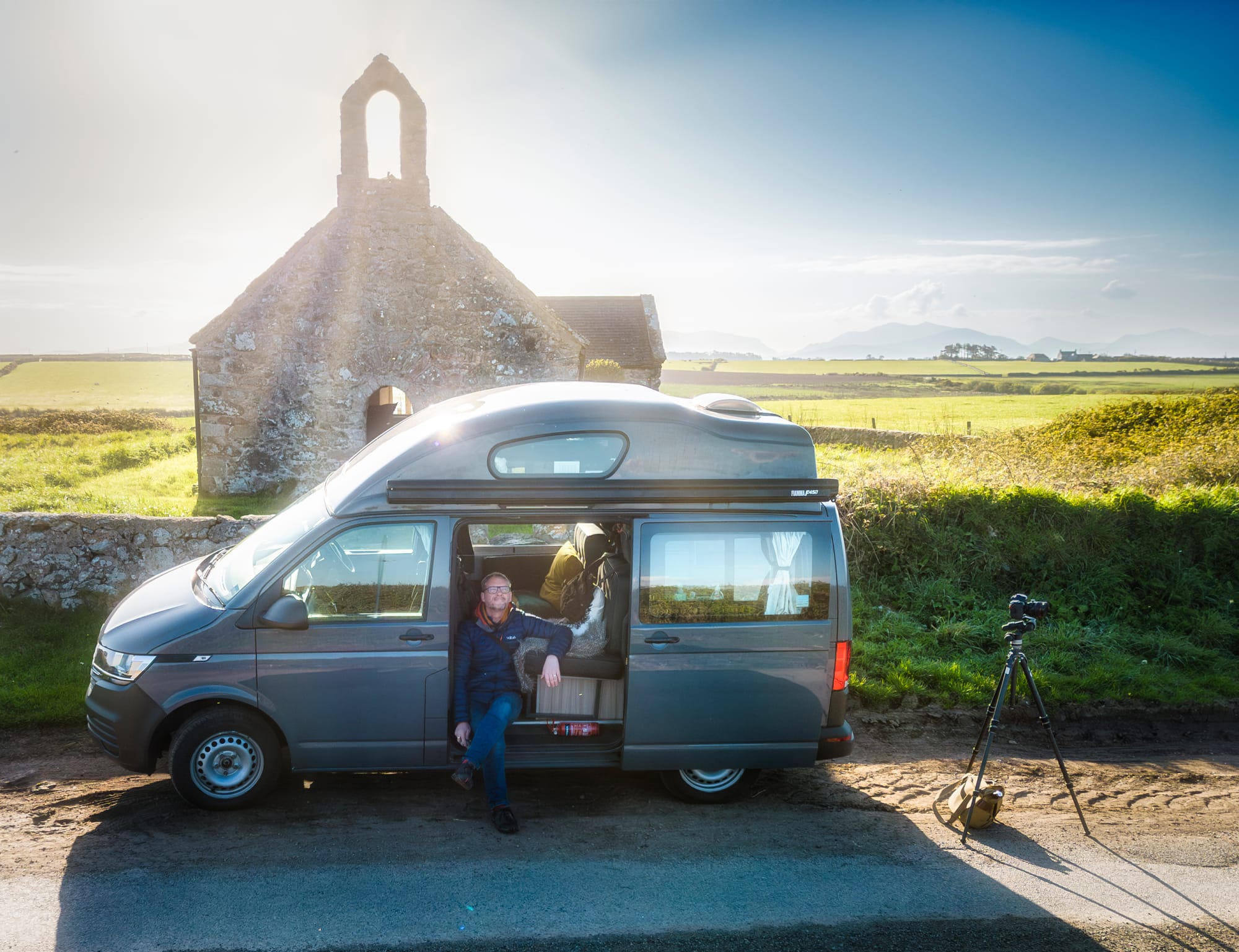
Subscribe to my Genius Loci Digest for free
'This Digest helps keep the past alive as a memory bank. Many of the answers can be found in the wisdom that sits in places, because buildings that survive from the past are the mouthpiece of history. In this Digest I tell stories about them and my encounters with them.'
SubscribeSpirit of Place * History * Material Culture * Heritage * Continuity * Photography * Travel * Architecture * Vanlife * Ways of Seeing * Wellbeing * The Historic Environment * Churches * Art * Building Conservation * Community * Place Making * Alternative Destinations * Hidden Gems * Road Trips * Place Writing *




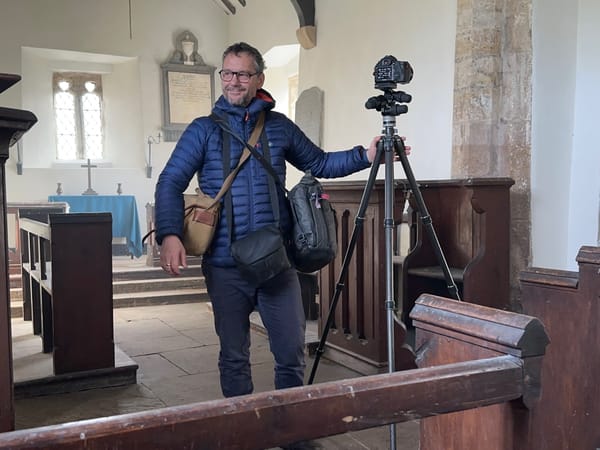


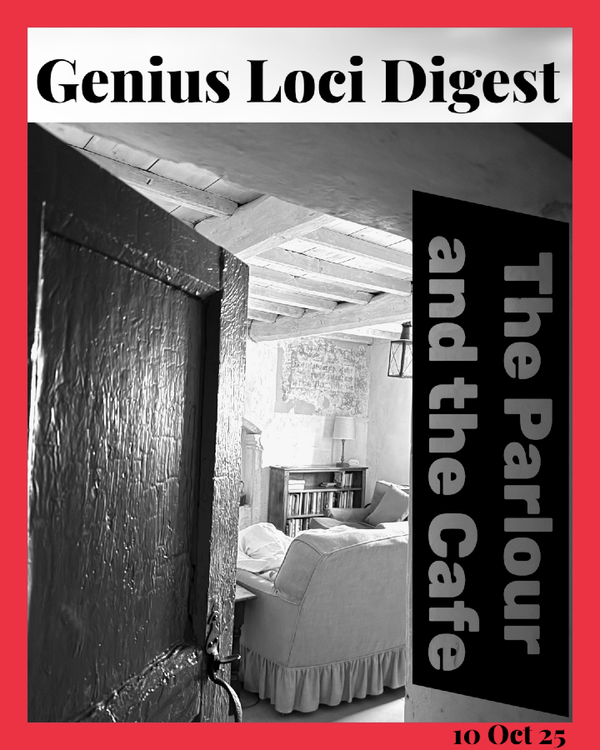
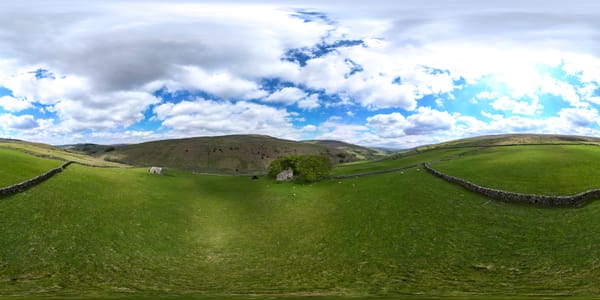
Member discussion